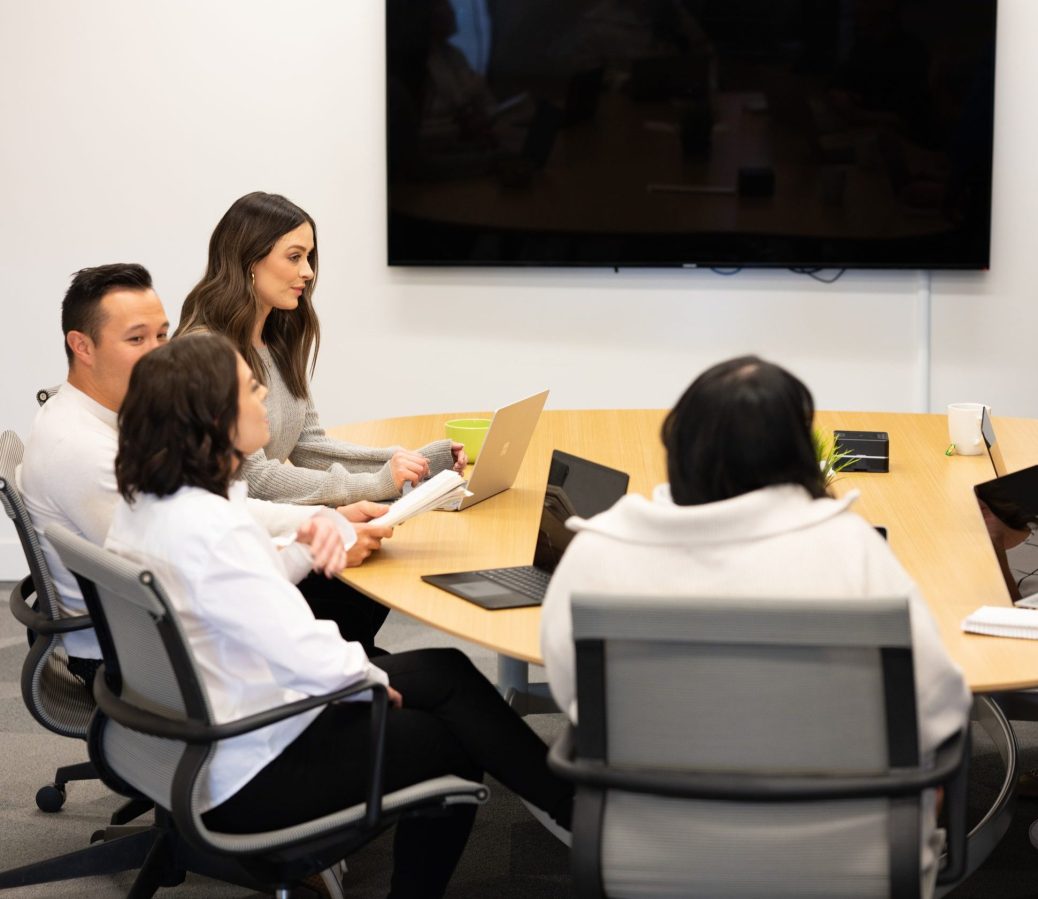With video production, success hinges on the ability to tell compelling stories through visuals.
Whether you’re a seasoned filmmaker or just starting your journey in the realm of video creation, mastering the art of storyboarding is a crucial step toward achieving perfection in your video scenes.
In this article
- The Essence of Storyboarding
- The Tools of the Trade
- The Anatomy of a Perfect Shot
- Storytelling through Storyboards
- Collaboration and Feedback
- Conclusion
Sign Up for Free Today
Find the perfect voice for your job today, or sign up as a talent to start booking voice over work on Voices.
In this blog post, we’ll delve into the nuances of storyboarding, uncovering the secrets to planning flawless video scenes that captivate your audience from start to finish. Get ready to unlock the power of storytelling through visuals as we explore the magic of storyboarding mastery.
The Essence of Storyboarding
Before we dive into the intricacies of storyboarding mastery, let’s understand the essence of storyboarding itself.
A storyboard is essentially a visual roadmap for your video project. It’s a sequence of drawings, sketches, or images that outline your video’s key scenes, shots, and actions. Think of it as the blueprint for your cinematic masterpiece.
Storyboarding serves multiple essential purposes:
- Visualization: It helps you bring your ideas to life by visualizing how each scene will look on the screen.
- Communication: Storyboards are a universal language for your team, allowing everyone to clearly grasp the director’s vision.
- Efficiency: By planning your shots in advance, you save time and resources during the actual shooting process.
- Creativity: Storyboarding allows you to experiment with different compositions and angles, fostering creativity and innovation.
The Tools of the Trade
To master storyboarding, you need the right tools.
While a pen and paper can do the job, various digital alternatives available today can make your life easier:
- Storyboard Software: Apps like Storyboard That, FrameForge, or ShotPro can simplify the process and offer valuable features like pre-built assets, shot libraries, and collaboration tools.
- Drawing Tablets: For those with artistic flair, a drawing tablet can take your storyboarding to the next level, enabling detailed sketches and a more hands-on approach.
- Smartphone Apps: Mobile apps are also designed for storyboarding, making it convenient to jot down ideas and sketches on the go.
The Anatomy of a Perfect Shot
Now that you have your tools in place, let’s dissect what goes into creating a perfect shot within your storyboard:
- Composition: Consider the placement of elements within the frame. Rule of thirds, leading lines, and balance all come into play to create visually pleasing compositions.
- Camera Angles: Experiment with various camera angles, such as high angles for vulnerability or low angles for dominance, to convey emotions and themes effectively.
- Transitions: Plan how each shot will transition to the next. Smooth transitions are essential for maintaining the flow of your story.
- Mood and Lighting: Use shading, colors, and lighting effects to set the mood and tone of your scene. The right lighting can make or break the atmosphere.
Storytelling through Storyboards
Your storyboard isn’t just a sequence of images; it’s a storytelling tool. Each frame should contribute to advancing your narrative.
Here are some tips on how to achieve storytelling mastery through your storyboards:
- Character Emotions: Pay attention to your characters’ expressions and body language. These details can convey emotions and subtext effectively.
- Pacing: Use your storyboard to control the pacing of your video. Adjust the number of frames for each action or scene to create tension or build excitement.
- Symbolism: Incorporate symbolism and visual metaphors to add depth to your story. A well-placed symbol can convey a message more powerfully than words.
Collaboration and Feedback
Storyboarding is often a collaborative process, and feedback is invaluable for improvement.
Here’s how to make the most of collaboration and feedback:
- Regular Meetings: Schedule regular meetings with your team to review the storyboard. Encourage open discussions and brainstorming sessions.
- Feedback Loops: Establish a feedback loop where team members can provide input, make suggestions, and propose changes.
- Iterate and Refine: Be open to revisions and refinements. A storyboard is a dynamic document that should evolve as your project progresses.
Conclusion
Storyboarding is an art form in itself, a vital tool for filmmakers, animators, and video creators of all kinds. Mastery of storyboarding is the key to planning perfect video scenes that engage, entertain, and resonate with your audience.
So, whether you’re plotting a thriller, crafting a heartfelt drama, or exploring the fantastical realms of animation, remember that the journey to a perfect video scene begins with a single stroke on your storyboard.

Leave a Reply